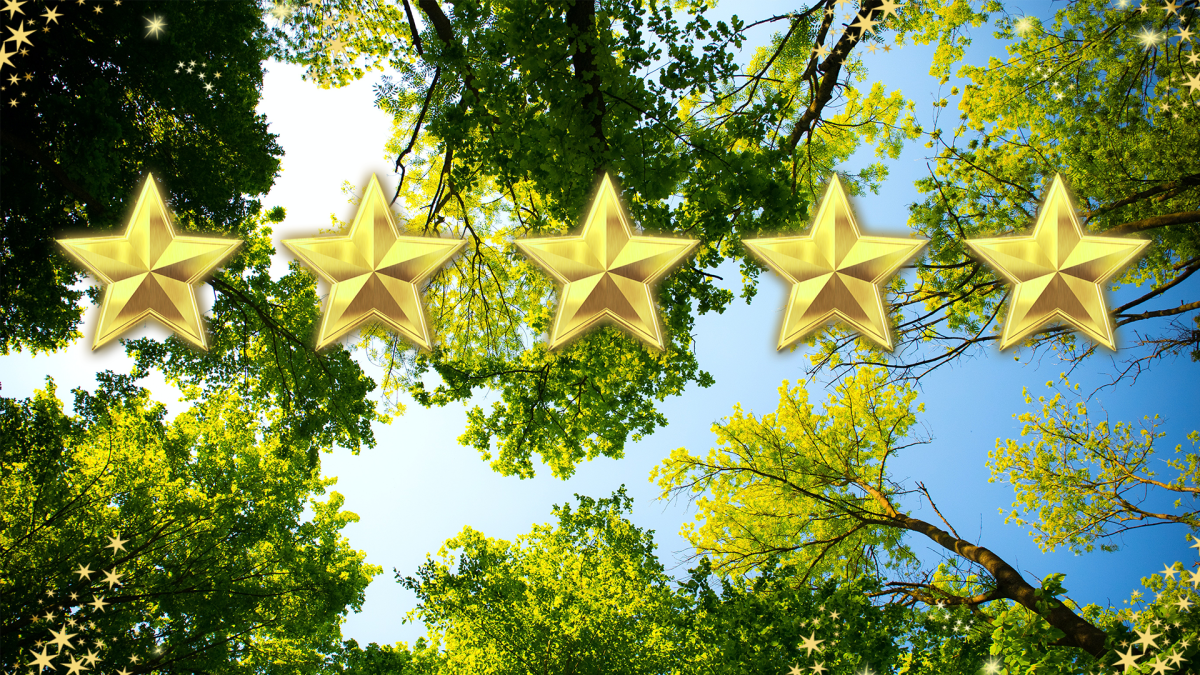
Mosquito Management
This lesson takes place in as classroom for one or more 60 minute class periods.
The data collection portion may continue for 2+ weeks (or whatever time frame you decide).
An emphasis is placed on the target product of a successful insect trap and data showing a decrease or elimination of mosquitoes in a particular area.
Creative designs and solutions are encouraged.
Facilitate discussions on specific insects, their characteristics, attractions, habitats and cycles.
Materials:16 oz plastic cups
6” jumbo craft sticks
8” unbleached paper towel
dechlorinated water- to dechlorinate set out water in the open for a couple days
power drill
ruler
stapler
rubber bands
permanent marker
insect repellant
Agenda:
Pre-lesson exploration
What’s the deal?-Mosquito habits and characteristics
Create a mosquito management plan
Engineer a mosquito trap
Collect data (and mosquitos)- while implementing your management plan
-(will take 2+ weeks)
Share findings
Lesson Plan Link/URL
https://docs.google.com/presentation/d/1hqulucSYXh1B4CiOkfp8w6TeN5CPhf0w/edit?u…Subject Area
Science Life Science L2: Organisms & Energy L3: Genetics & Heredity L4: Evolution Technology 2. Digital Citizen Engineering S1: Engineering & Global Society S2: Apply the Engineering Design Process S3: Apply Mathematics to Engineering S4: Apply Science to Engineering S5: Apply Technology to Engineering S6: Apply Communications to Engineering S7: Apply Project Management to Engineering Mathematics Measurement and Data (MD) The Number System (NS) English Language Arts (ELA) Reading (Informational Text) Writing Speaking & ListeningRelated Content

A Shocking Dystopia: STEM Adventures in The City of Ember Part 4 of 4: Where the River Goes
This lesson is PART 4 of a four-lesson unit, which focuses on futures thinking, the phenomenon of electricity, closed-system agriculture, and water as a renewable energy resource. “The City of Ember”

A Shocking Dystopia: STEM Adventures in The City of Ember Part 3 of 4: A Problem in the Greenhouse
This lesson is PART 3 of a four-lesson unit, which focuses on futures thinking, the phenomenon of electricity, closed-system agriculture, and water as a renewable energy resource. “The City of Ember”

Ballooning Spider Phenomenon
Lesson Description: In this first-grade lesson, we will learn about the amazing world of spiders! We'll start by exploring the life cycle of a spider, from when it hatches to how it grows and changes